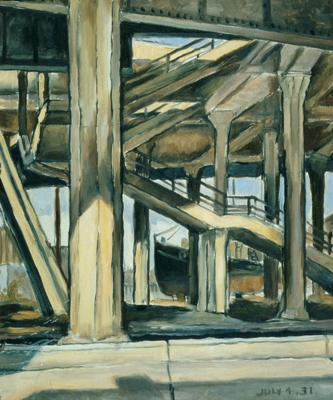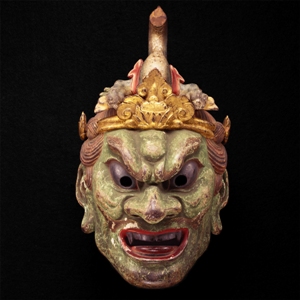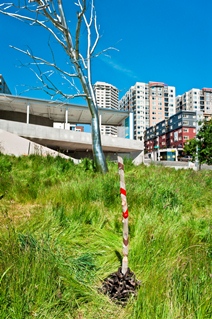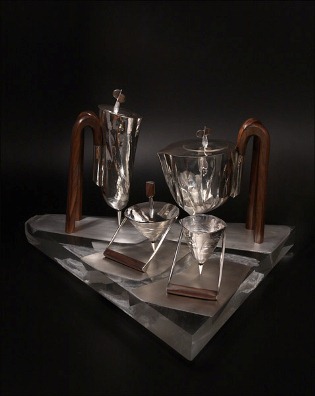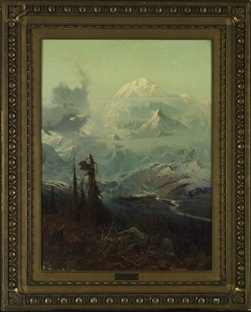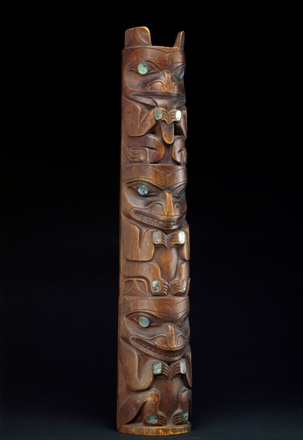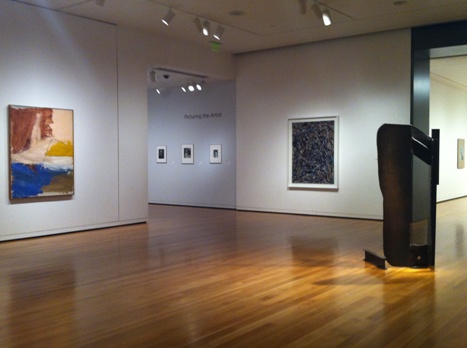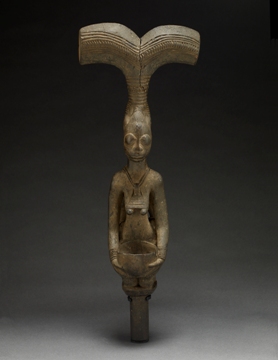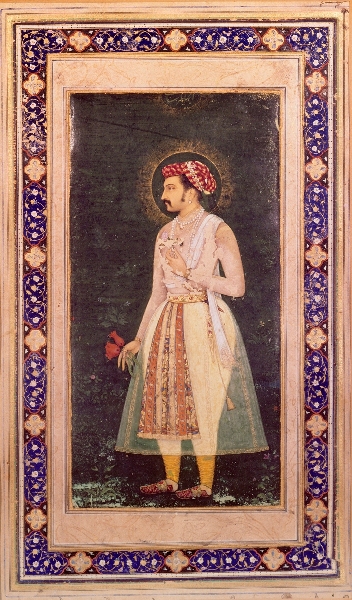For this week’s SAMart, I would like to share with you the reflections of two summer interns I have been lucky enough to work with for the past several weeks. Katie Tieu and Jasmine Graviett have been friendly, thoughtful, conscientious, and eager colleagues this summer, and will be missed when they go back to their “real” lives—as a sophomore and a senior in high school, respectively.
-Sarah Berman, Collections Coordinator and Research Associate
My Experience Here At SAM
By: Katie Tieu
My name is Katie, and I am a YWCA GirlsFirst intern. GirlsFirst is an all girls program that teaches us life lessons, how to stay on track in high school, and how to succeed in life. GirlsFirst also helps us get internships by teaching us skills that we need to use to get a job. They taught us many things, like how to type a resume, cover letter, and how to talk properly in an interview. They had a list of jobs for girls to apply for, and I was hired by the Seattle Art Museum to be a Human Resources intern. I am working here for 8 weeks during my summer break, but it’ll be ending soon.
Being here at SAM is very fun and such a great experience. While I was here, I saw and learned how the museum actually operates. I also got to see the exhibitions and the permanent collection here, and what can I say? IT WAS AMAZING. Just by looking at each detail an artist includes is very mind blowing. Like this painting. It was created by Jackson Pollock and is called Sea Change, painted in 1947. Does it look like any ordinary painting that anyone can do? That’s what I thought. But, look closely, every detail you see on the canvas was planned and thought about before it was there.
Read More
